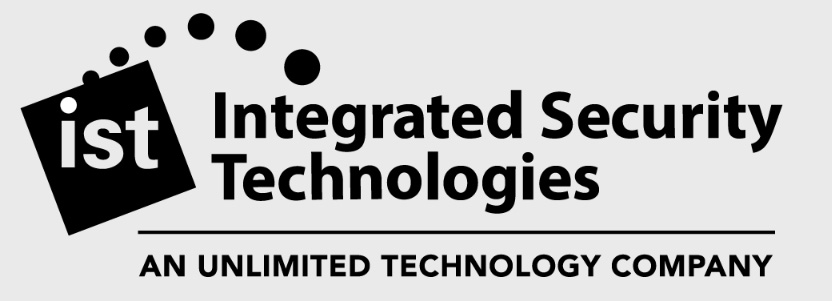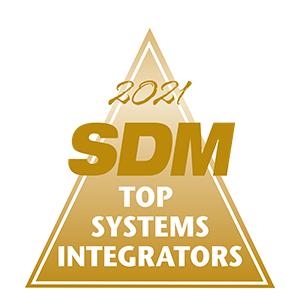Complete Solutions for the Unique Requirements of Commercial & Federal Government Customers
Providing End-to-End Technology Solutions to Secure Your Organization
Unlimited Technology is a leading provider of best-in-class, enterprise-level solutions for commercial organizations and the federal government. As one of the nation’s most trusted security systems integrators, Unlimited Technology provides robust, end-to-end technology solutions with a focus on complex IT, electronic, physical, and cyber security.
Our expert team streamlines the implementation process by supporting customers through the entire technology solutions lifecycle — proactively meeting needs, reducing risks, and building partnerships that provide value well beyond project completion.

IST is Now Unlimited Technology.
Learn more here

Commercial
From office buildings and campuses, to landmarks and mission-critical data centers, Unlimited Technology has the industry background and experience to protect every aspect of your organization.
Learn More
Federal Government
With over 25 years in government security integration, Unlimited Technology has worked with government at all levels to ensure secure and stable technology systems are in place.
Learn MoreAwards




S.H.I.E.L.D Support Program
Protect your investment and lower your total cost of ownership with our S.H.I.E.L.D Support Program. Ensure maximum security and minimal downtime for one predictable fee.
Learn More

Career Opportunities
We're looking for like-minded technology and security professionals to join us in our growth. Secure your future and work with some of the best people in the industry.
Learn MoreCheck Out Our Latest on LinkedIn
Talk to an Expert
You have unique needs. We have unique solutions. Contact us for a no-obligation consultation.
